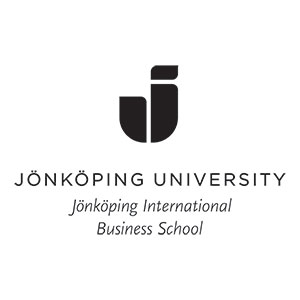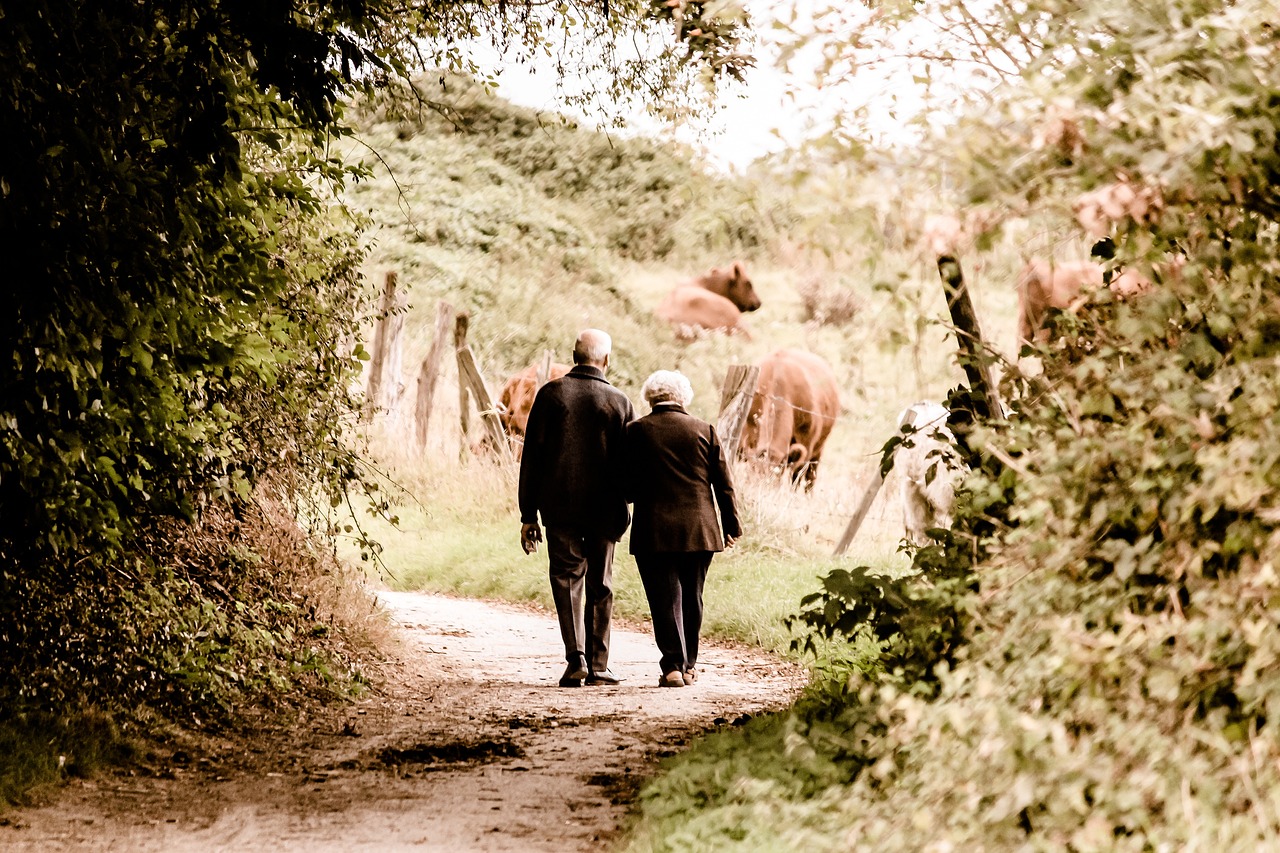SDG 11 - Sustainable Cities and Communities
Today, 50% of the world's population lives in cities and urban areas and this percentage is expected to increase to 70% by 2050.
High population density puts great pressure on infrastructures’ ability to supply clean water and energy, to manage efficiently air pollution, sewage, sanitation and waste. Rapid urbanization has resulted in a growing number of slum dwellers and rise in inequalities. Many urban areas will be drastically affected by climate change while the least affected ones, i.e., Northern Europe, are forecasted to welcome many climate refugees. On one side, this puts great pressure on infrastructures' and communities' ability to mitigate the effects of climate change and to adapt to these changes. On the other, it puts great pressures on infrastructures' and communities' ability to welcome refugees fairly and to ensure inclusiveness. [1]
The aim of the 11th Sustainable Development Goal is precisely to make cities and human settlements inclusive, safe, resilient, and sustainable.
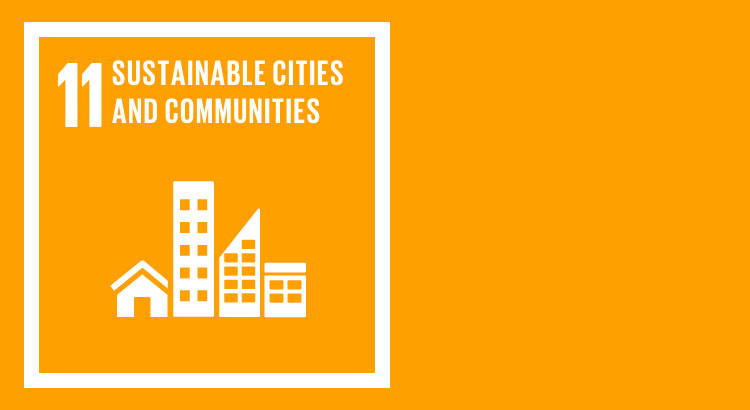
Source: United Nations
“The Covid-19 pandemic is disrupting urban food systems worldwide, posing a number of challenges for cities and local governments that are obliged to deal with rapid changes in food availability, accessibility and affordability”. FAO, 2020
Urban farming, also known as urban agriculture or urban gardening, is the practice of cultivating, processing, and distributing crops in or around urban areas. Not only does farming in cities strengthen food supplies’ resilience, several social and environmental benefits have been identified. One square meter of green roof has the potential of offsetting the annual hazardous substances emitted by a single car. A rooftop with 2000 m² of uncut grass could purify the air from up to 4000 kg of hazardous substances. [2] Urban farming has been shown to create welcoming habitats for a diversity of wildlife, otherwise threatened by urbanization. Varieties of flora provide an abundance of food for pollinators while quiet and pesticide-free areas are important sites for nesting. Moreover, Urban Farming is shown to boost mental health and wellbeing. These initiatives represent social hubs where people spend quality time together, outdoor, brining meaning into their life. [3]
In Jönköping, there are several urban farming initiatives, including the one recently started at Österängen. Örestängen is a suburban area in the city of Jönköping, categorized as “special area” due to the high presence of vulnerable groups. Residents experience segregation and percentages of unemployment and of low-income are very high. In fact, 28% of Jönköping´s migrants and refugees live in Österängen and in 2017, 11,9% of Österängen’s residents were long-term unemployed. [4]
The urban farming initiative was started with the aim of building an inclusive and resilient community, based on making the area safer and fight loneliness. It is run by Österängens Konsthall, an art space that also functions as a community center. Joining is free of charge and is open to anyone. There are always many things to do: weeding and harvesting, watering the plants, building something, taking care of the compost. With the covid-19 pandemic, the group is meeting online. They are planning for next season and are working on a cookbook; everyone contributes with recipes from their own countries using vegetables from the garden.
The group is a nice mix of Swedish and Foreign people. They seek a community and the urban farming really helps in that. This is a place to exchange knowledge, some have no prior experience in farming while others are very knowledgeable, to learn Swedish and make friends.
The farming lot is located around several apartment buildings and everyone can see the farming space from their homes. Often, people open their windows and talk to the farmers about the project. There, lives a family, a woman with 3 daughters; they used to live in a house with garden and the kids were used to pick barries and run around. One on the children uses to play in the balcony and every time she sees the group gardening, she runs down and wants to join. Her mom is buying plants for the garden because she wants her daughter to live in harmony with nature in life.
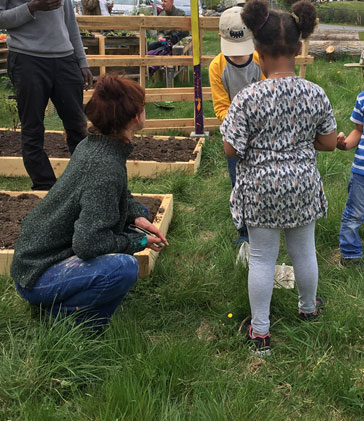
Source: Österängens konsthall
The crops themselves are also an excellent mean for cultural exchanges. For example, when planting rhubarbs, a discussion on how these looks in everyone´s home country and on different ways of growing these got started. Melina, Project Manager of the Urban Farming, shares that everyone is welcome to bring up suggestions and initiatives; a popular one is to bring seeds of plants from participants´ home countries. It is exciting to learn about these and see if it grows in the lot at Österängen.
At the beginning of summer an Indian family joined the farming initiative. They had to learn about our crops because these differ vastly from the Indian ones. While their child already spoke fluently Swedish, they spoke only in English. Once summer was over, only a couple of months since they joined, they spoke Swedish! There are in fact all the time interactions and exchanges between Swedes and non-Swedes.
References:
The Case Study is based on an interview to Melina Pollack, Project Manager of the Urban Farming at Österängens Konsthall
[1] Institute for Economics and Peace, 2020. Ecological Threat Register: Understanding Ecological Threats, Resilience and Peace
[2] Bradley Rowe, 2010. Green Roofs as a Means of Pollution Abatement. https://doi.org/10.1016/j.envpol.2010.10.029
[3] Kinver, Mark, 2014. Study shows urbanisation's impact on biodiversity. BBC News.
Retrived on December 2020 from https://www.bbc.com/news/science-environment-26140827
[4] Jönköpings Kommun, 2019. Vem bor var? Om boendesegregation i Jönköpings kommun
https://www.jonkoping.se/download/18.64489f2b16fc758dd4b1f2a/1601474916214/Vem%20bor%20var%20-%20Om%20boendesegregation%20i%20J%C3%B6nk%C3%B6pings%20kommun%20(Oktober%202019).pdf
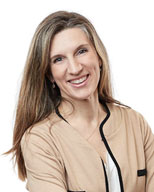
Guénola Abord-Hugon Nonet https://www.linkedin.com/in/gueno/

Martina Leonelli https://www.linkedin.com/in/martina-leonelli/
----
The following organisations are participating in the RIME project together with JU: COS Alexandre Glasberg Foundation (France), Le LABA (France), University of Bordeaux (France), Hal Far Outreach (Malta), VisMedNet (Malta), Lai-momo (Italy) and EDRA (Greece).
The project is finance by Erasmus +

Detta är en bloggtext. Det är skribenten som står för åsikterna som förs fram i texten, inte Jönköping University.


